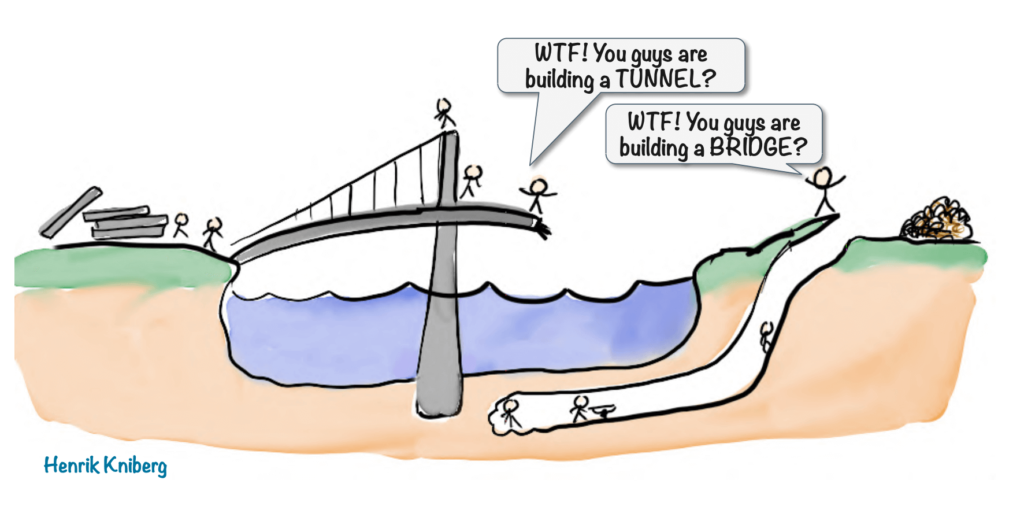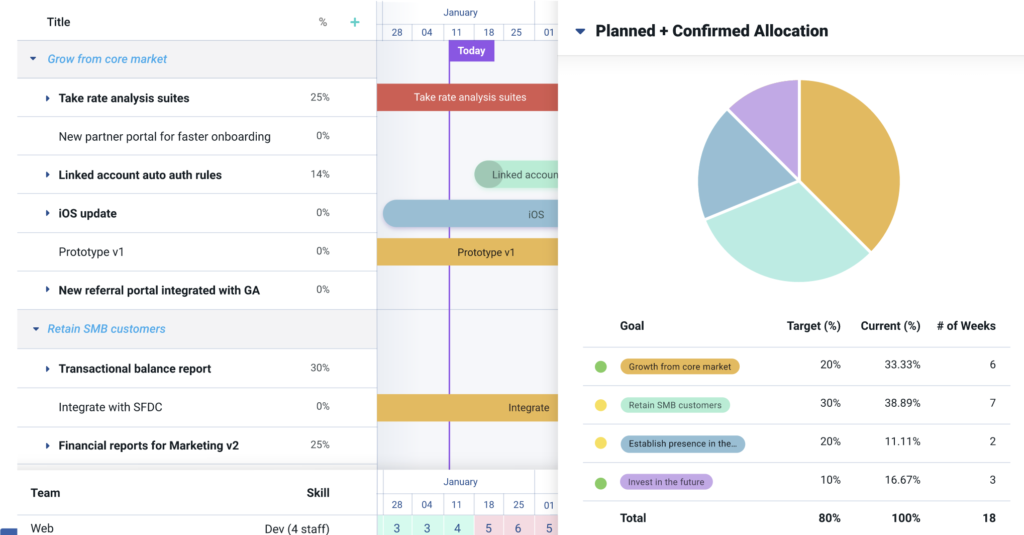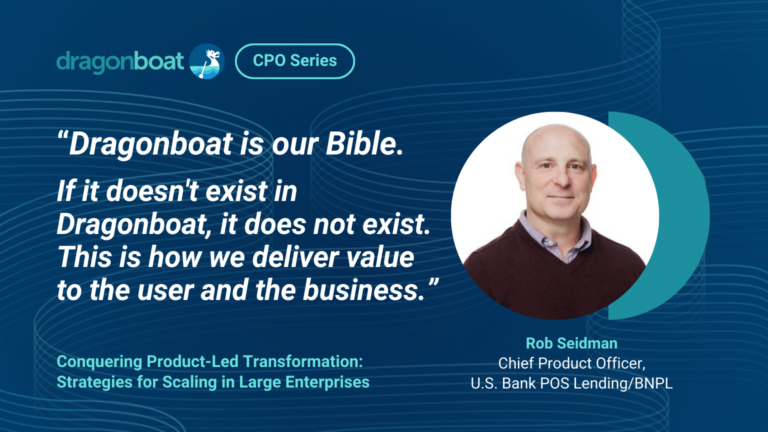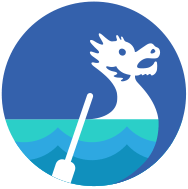OKRs Defined
One of the most popular goal-setting frameworks used by product teams is objectives and key results (OKRs). OKRs help you track progress, create alignment, and encourage engagement around measurable results. It is a collaborative methodology that allows teams to set meaningful, audacious goals. In this blog post, we will cover the common challenges with OKRs and the best OKR templates to combat challenges you may experience.
Common Examples of Poorly Defined OKRs
Every framework has pros and cons, and OKRs are no exception. Here are the top 3 challenges today’s Chief Product Officers (and their teams) face.
1. Limiting Innovation by Cascading OKRs
When OKRs come down from the top, and goals are broken into smaller pieces for each level of the organization to focus on, it’s called cascading OKRs. On the surface, this sounds great. But the reality is that this approach quickly creates micromanagement and silos between teams, limiting product innovation.
2. Goals Without Strategy
Sometimes, OKRs are set with a very limited view. For example, if the business goals are focused on growing revenue, teams create their ideas for accomplishing the objective. The problem? There’s no cross-functional collaboration about what will truly move the business forward and drive alignment across the entire org.

3. Focused on Output
If your objectives and key results are built from a feature backlog, you’re focused on outputs, not outcomes. Outputs measure what you’ll be doing (services provided, processes developed, features delivered), and outcomes measure the results of what you do. Both are needed. However, it’s important to start with the outcome in mind first to avoid ‘the build trap’.
3 Good OKR Templates for Product Organizations
Now that we’ve gone over the biggest OKR challenges, let’s jump into the top 3 OKR templates for product operations. For these templates, imagine you’re a company offering a booking service for tours (i.e., Airbnb for tours).
1. Customer Outcomes
This template measures the speed, ease, and satisfaction of customers completing a job (using the jobs-to-be-done framework).
Company objective: Grow revenue from new accounts
- Product Team Key Result 1: Reduce the time it takes to list a tour for a new provider
- Product Team Key Result 2: Reduce cart abandonment by providing more payment options
The above is an outside-in, outcome-based approach. If you are familiar with cascading goal setting, picking up the customer outcomes OKR approach should be an easy transition.
2. Goals with Initiatives
When product organizations desire cross-team effort, and several strategies can be carried out simultaneously, they use the Goals with Initiatives OKR template.
The company objective remains the same here, but multiple initiatives are proposed. Use the Metrics on Available Resources (MoAR) to help prioritize the winning efforts.
Company objective: Grow revenue from new accounts
- Initiative 1: Expand to a new market that current customers are already traveling to
- Initiative 2: Incentivize referrals from existing customers
- Initiative 3: Re-engage those who abandoned their initial signup
This OKR approach drives strategic alignment by evaluating strategies that can be used to achieve the goal while also driving cross-functional collaboration. Within each initiative, multiple teams could support numerous features or epics.
3. OKR Templates for Roadmapping
If you’re switching from feature roadmapping to Outcome-Driven OKR Roadmaps, Dragonboat is a great solution.

Dragonboat is a purpose-built product portfolio management tool for outcome-driven product organizations. It connects goals, customers, initiatives, resources, and execution in one integrated platform.
Dragonboat enables product portfolio management best practices, OKR execution, and complete cross-team alignment — all while requiring no changes to your engineering process or tools (like Jira or Azure DevOps).
You’ve picked your template and avoided the common challenges, now it’s time to roll out your OKRs!
Book a demo to see how companies like Procore, Chime, and Miro use Dragonboat to build effective OKR Roadmaps — all within a few clicks.





